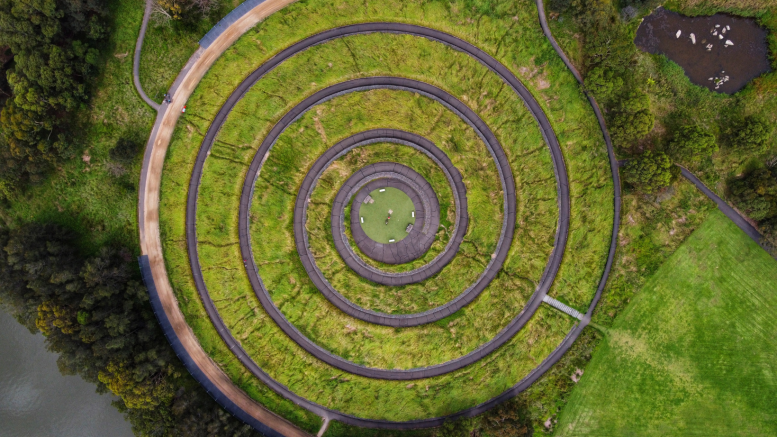♻️ Circularity in Materials & Resources
How communities worldwide are restoring ecological balance and public health by designing materials, products, and systems that circulate — not waste.
Circularity is not recycling.
It is re-design: eliminating waste from the beginning, designing for reuse and repair, using biomaterials, and building systems where resources circulate like nutrients in nature.
This track focuses on regenerative circular ecosystems across communities, industries, cities, and regions.
Designing Out Waste: Circularity 101 for Communities
Description:
Waste is a design flaw, not an inevitability. Explore how cities and communities eliminate waste at the source through system design, materials innovation, and circular business models.
Regenerative Materials: Borrowing from Nature’s Chemistry
- Biomaterials inspired by fungi, seaweed, cellulose, and agri-waste that replace plastics, foams, leather, and petrochemicals.
Reuse, Refill & Zero-Waste Infrastructure
- How cities and neighborhoods build reuse/refill systems that eliminate packaging waste, lower emissions, and create local jobs.
Circular Manufacturing: Repair, Remanufacture & Product-as-a-Service
- Shifting from “make–take–waste” to repairable, upgradeable, long-life products and service-based business models.
Industrial Symbiosis: Turning One Industry’s Waste Into Another’s Input
- Regional ecosystems where heat, water, bio-waste, chemicals, and materials circulate across industries — like nature.
Circular Cities: Urban Systems Designed for Flow
- Cities that integrate circularity across buildings, transit, procurement, materials, and waste — reducing emissions, pollution, and cost of living.
The Circular Built Environment: Zero-Carbon & Zero-Waste Construction
- Modular design, mass timber, deconstruction, low-carbon concrete, circular construction hubs, and material passports.
Plastics with an Expiration Date: Bioplastics & Circular Polymers
- Biobased, biodegradable, and circular polymers that disappear safely — or can be re-cycled indefinitely without toxic degradation.
Right to Repair, Community Repair Hubs & Local Circular Economy Jobs
- Repair cafés, community tool libraries, local remanufacture hubs, and neighborhood-scale circular workforces.
Electronics & E-Waste: Closing the Loop
- Circular electronics, modular hardware, urban mining, toxic-free material cycles, and global e-waste justice.
Water Circularity & Nutrient Recovery
- Closing loops around water, greywater, nutrients, and organic waste — turning wastewater into a source of energy, fertilizer, and materials.
Cultural Circularity: Indigenous Stewardship, Ancestral Cycles & Earth-Honoring Design
- Indigenous cultures embody circularity: reciprocity, repair, rewilding, sacred materials, and regenerative land practices.
Policy, Procurement & Governance for Circular Economies
- Policies that accelerate circularity: Extended Producer Responsibility (EPR), circular procurement, design standards, tax incentives, and material passports.
Black & Brown-Led Circular Justice Movements
- Circularity as justice: eliminating toxic burdens, creating green jobs, and returning power to frontline communities.
The Systems Lens: Materials, Energy, Food & Health
- Circularity isn’t a sector — it’s an operating system.
- How materials, energy, water, food, mobility, and governance interlock to form regenerative, holistic systems.
